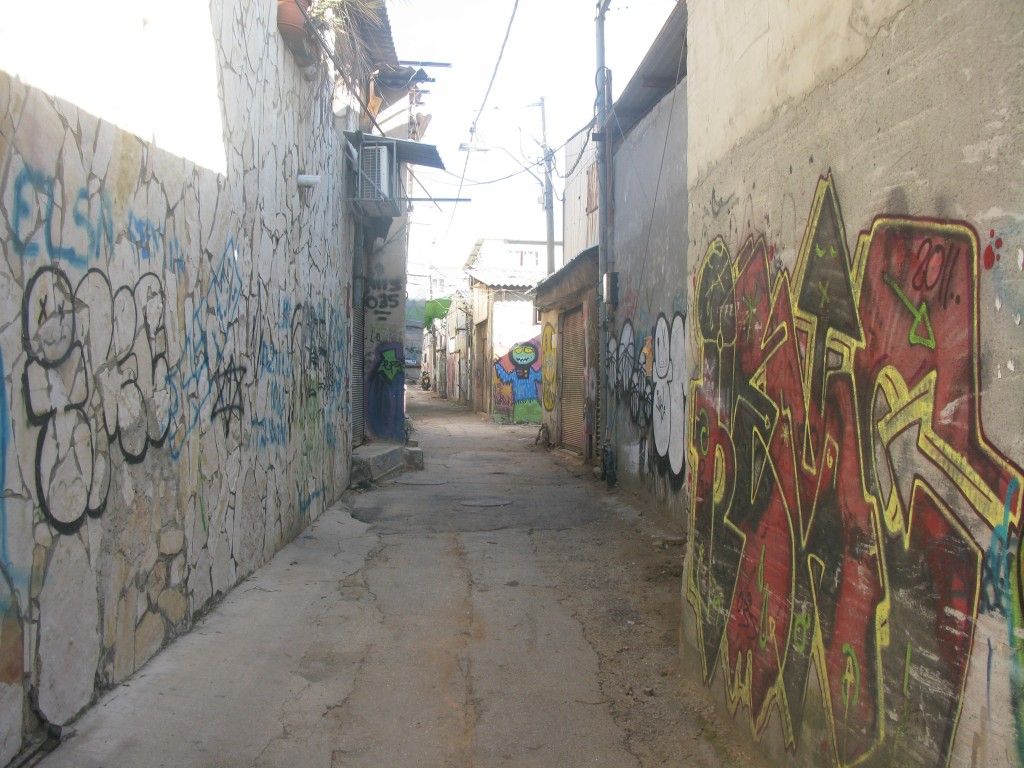
טוען...
Although the character of the urban explorer originates from the 19th century and was suited to that era, I feel that flâneur describes what I do. I have decided to introduce this term briefly. Wikipedia’s entry on Flâneur
He who knows wandering, knows that it is the very opposite of doing nothing. In mid-19th century Paris, Charles Baudelaire described the wanderer as an artist, a poet of the big city, and thus defined urban wandering as an art form. He claimed a wanderer is part of the crowd, like a fish in water. He loves being away from home, yet feels at home everywhere. He loves being at the center of the world, yet remains invisible. He is a prince who enjoys his anonymity. He loves life, and the city provides electrifying energy. Yet he is also like a kaleidoscope, its mirrors reflecting the crowds, gifted with a consciousness of the city’s different parts.
Victor Fournel believed wandering to be the proper way for understanding the urban environment’s rich diversity. The city is akin to a moving image, enabling an uninterrupted experience while recording or photographing a temporal event. Walter Benjamin viewed the flâneur as the urban spectator’s main character – a detective, an actor and an investigator of the city. Writer Honoré de Balzac crowned flânerie as being “gastronomy of the eye”.
In English, the term flâneur appears only in literature. However, I have chosen to use it in English as it is most fitting for what I do.
הצטרפו לרשימת הקוראים שלי
ותקבלו השראה לשיטוט וירטואלי או אמיתי, בעיר ובגינה, בטבע או באי יווני, בארץ ומחוץ לארץ
כל הזכויות שמורות © המשוטטת 2025 | עיצוב ופיתוח דורון משלי | עריכה חלי גוילי | תמונה ראשית: כריסה פצאה
